Before Berlin became the new capital after the reunification of Germany in 1997, the capital of West Germany was the city of Bonn. Between the years of 1946 and 1955, Germany was caught in a tricky situation between NATO and the Warsaw Pact.
This called for great concern as it became more and more apparent that nuclear war on German soil would be very likely. As a preventive measure, the West German government decided that a place of greater security and sanctuary was needed for the federal government and the very cream of the country’s officials. Thus, during the period between 1960 and 1972, the construction of the Regierungsbunker (Government Bunker) began just 25 kilometers south of Bonn, inside two abandoned railway tunnels.
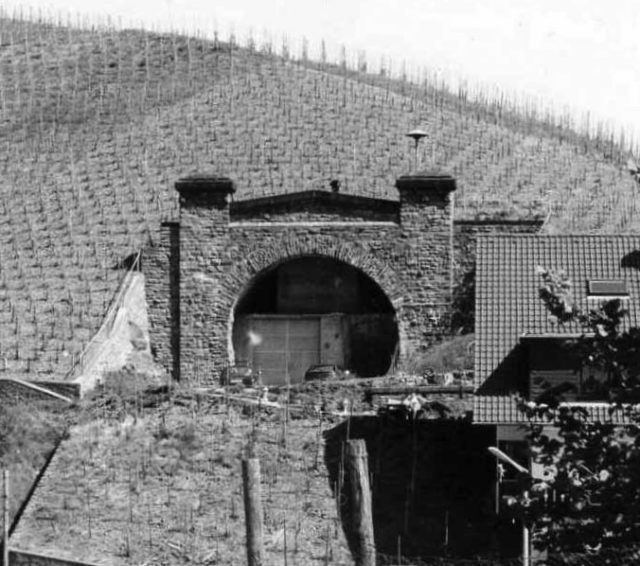
After long discussions and careful consideration, it was decided that the perfect place would be the two tunnels due to the tunnels’ proximity to Bonn and the rural surroundings; it was considered an unlikely target for air raids or missile attacks.
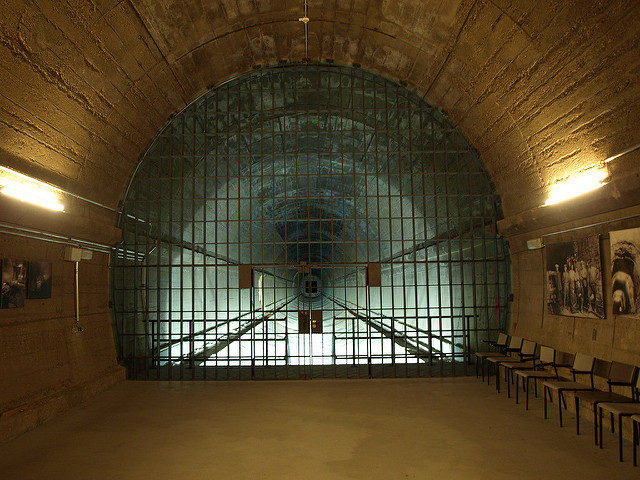
They gave the bunker a neutral name in order to raise as little suspicion as possible, calling it “Dienststelle Marienthal” (Office Marienthal). The official name was much longer and a little bit more specific, “Ausweichsitz der Verfassungsorgane des Bundes im Krisen- und Verteidigungsfall zur Wahrung von deren Funktionstüchtigkeit (AdVB)”, translated as, “Emergency Seat of the Federal Constitutional Organs for the State of Crisis or the State of Defence to Maintain their Ability to Function”; how very German.
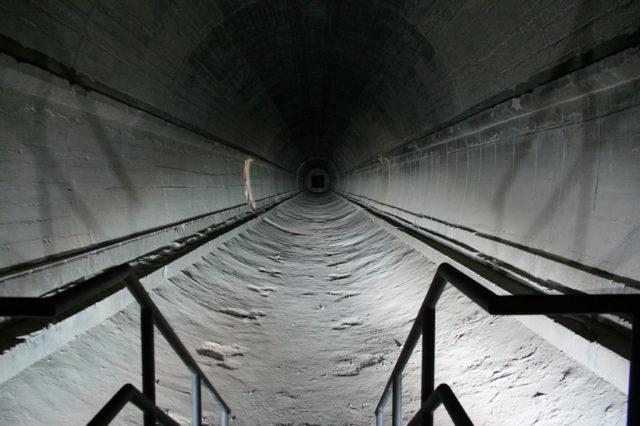
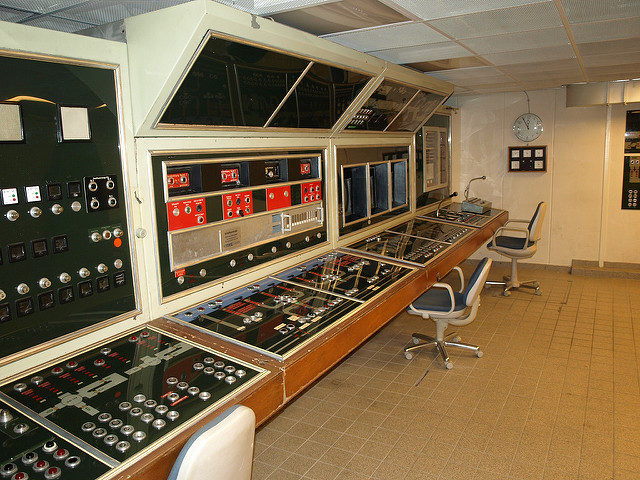
Apart from the two original railway tunnels, additional tunnels of a total length of 17.3 km were driven and blasted into the soft slate mountains along the Ahr Valley. This place could provide an emergency seat for the federal government that would allow up to three thousand people, with enough food and other supplies to last them for a month. It was a fortress under the earth, able to withstand a nuclear attack, and fitted with autonomous supplies of electric power, drinking water, and fresh air.
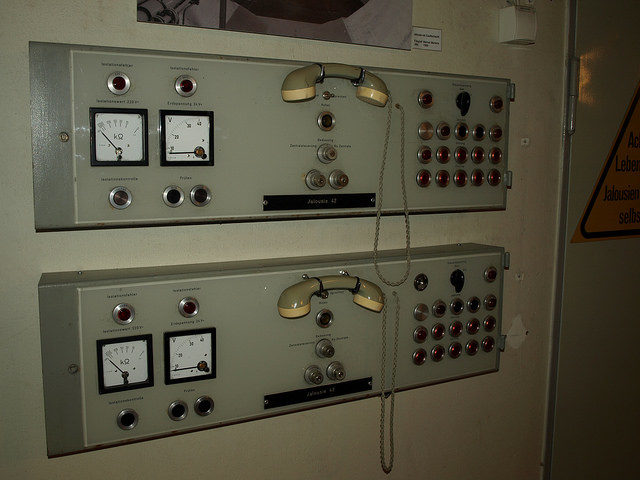
The only thing lacking was a military defense; there were no units or any sort of guns mounted in or outside of it. The total cost estimations are rumored at around 3 billion Deutsche Marks, although no precise figures are known for sure due to a high level of secrecy.
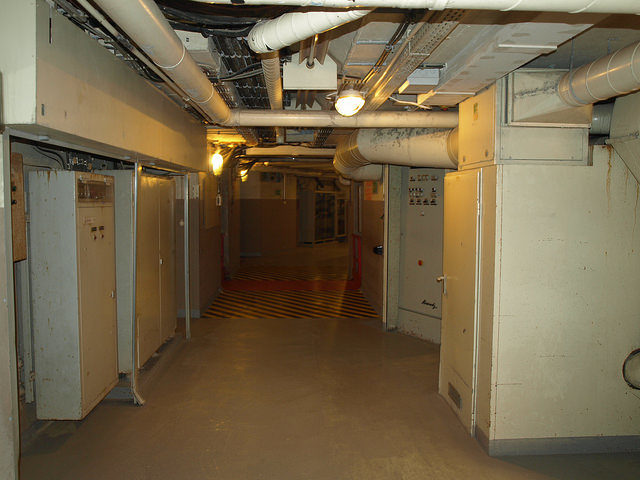
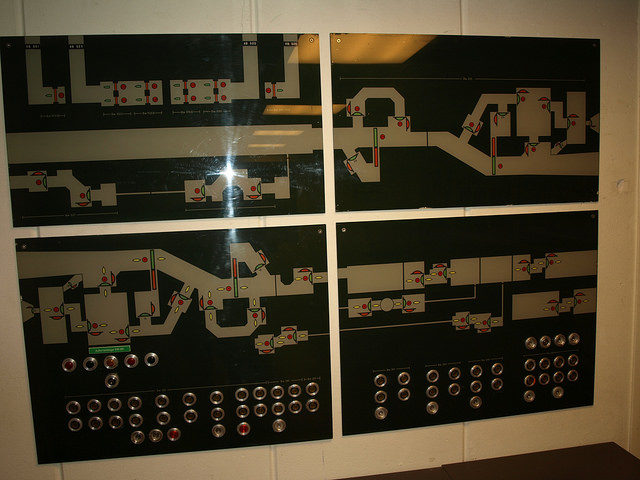
The bunker is divided into two sections, named Ost (East) and West which are separated by the valley and connected with a 60-meter deep tunnel. The sections themselves are also divided and named very familiar Ost/West and Ost/Ost (the two eastern sections) and West/West, West/Mitte [Centre], and West/Ost (the three sections of the west part). The main entrances could be sealed hermetically in seconds by maneuverable steel and concrete gates built by MAN, each of them weighing 25 tons.
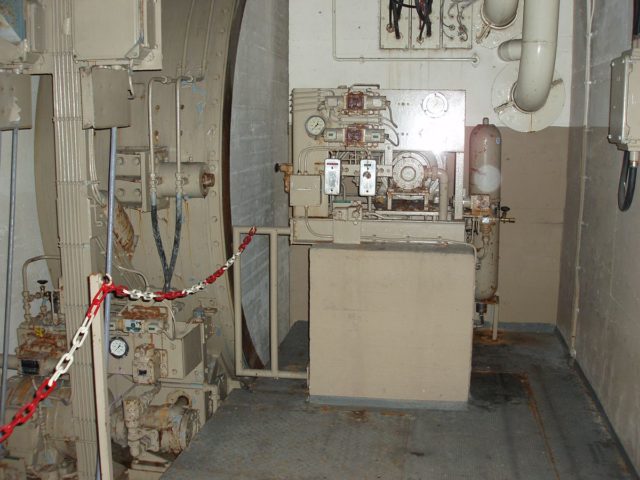
The bunker contained 897 offices and 936 dormitories, with a total of 25,000 doors. There was also, rather luxuriously, an underground hairdressers salon, obviously to keep the cool look in situations of great stress. The bunker was used for the first time in 1966 for a NATO high command exercise “FALLEX 66”, and for the last time in 1987, just two years before the fall of the Berlin Wall.
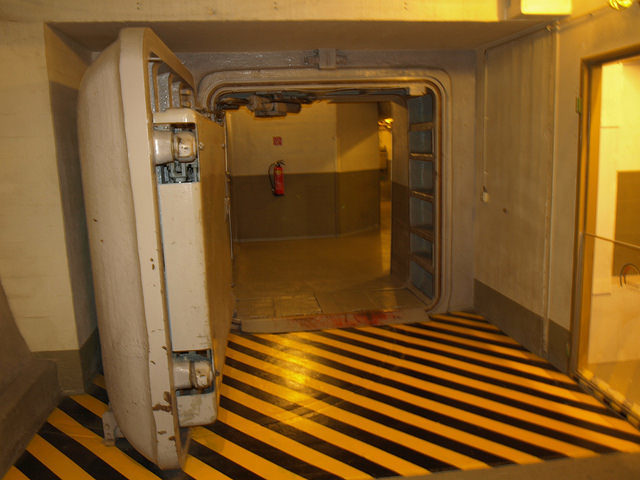
Today, only 203 meters of tunnels of the original bunker still exist, and what is left remaining is converted into a Cold War museum. Officially opened on February 29 in 2008, it was a move that The Federal Government of Germany, in a sense, had to do, as they found no better alternative. The estimated cost for deconstruction added up to 30 million euros, and only half that amount to repair, renovate and turn it into an attraction, and so they did. Most of the bunker, around 17 km long, is derelict and is probably now abandoned for good, never to be used again.
